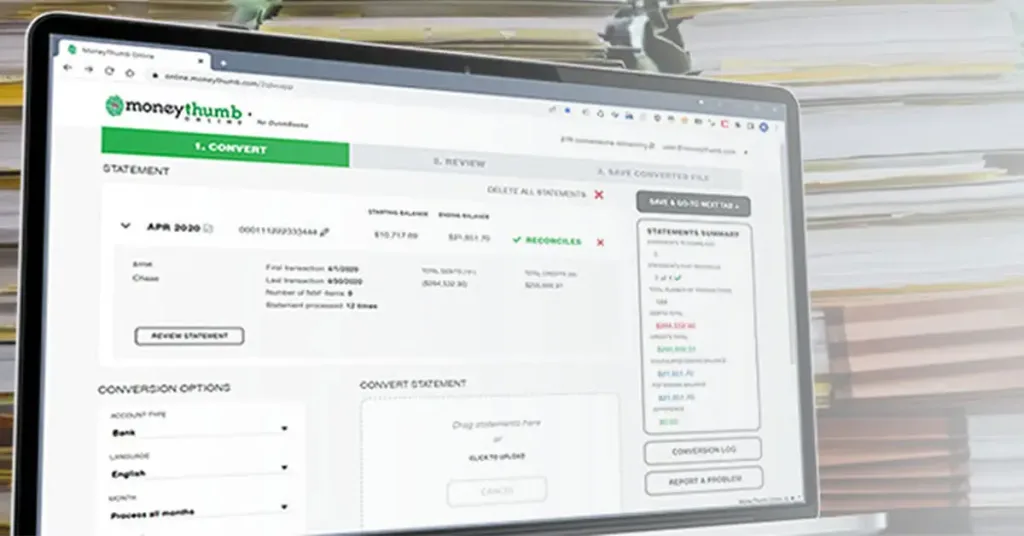In many ways, operating a private lending practice is much the same as running any other business. Initially, you’ll need to raise capital, market your services to find customers, and scale your operations to ensure consistent profits and gain success.
However, private lending is its own very specific industry, operating in unique ways in different markets. When you start to dig into raising capital and marketing as a private lender vs. as a traditional entrepreneur, there are a host of changes you’ll need to account for.
As a private lender, understanding how your practice differs from other businesses is important, as you’ll be able to reach out to potential investors and customers accordingly. In this article, we’ll explore the ways raising capital and marketing differ for private lenders, as well as the best ways to go about these things.
Any business that wants a strong start and the best chance at success will need to raise initial capital and inspire investment. While raising capital is a must for both private lenders and traditional entrepreneurs, there are small differences in the way this important task is undertaken.
Traditional Entrepreneurs: For the most part, those looking to start a traditional business will approach other established businesses or individuals in their industry niche. Venture capitalists are also target investors for many traditional entrepreneurs. Once the business is off the ground, future expansion and changes in the way the business operates can be funded with profits. However, traditional entrepreneurs may seek continued investment or manage their initial funds to expedite the process of expansion. Once the company is generating regular profits, it can be listed as a public offering, and capital can be raised through the purchase of stock.
Private Lenders: Lenders tend to take different avenues to investment than traditional entrepreneurs. For example, investment capital may come from private investors in your existing network, family offices, or an institutional investor that invests money on behalf of others. This is because these lenders often seek terms that work for both parties, including repayment options. As well as this, investing in a private lending practice usually carries a higher degree of risk than a traditional business. These investors are open to this risk as it may mean higher returns. Finally, private lenders may need to continuously raise capital in a way traditional entrepreneurs don’t, to pay back investors, expand operations, and keep a capital reserve in case of emergencies.
As well as how they go about raising capital, the reasons for raising capital by private lenders vs. traditional entrepreneurs have specific differences. While traditional entrepreneurs require investment capital to purchase materials, set up manufacturing, establish an online presence, hire employees, and perhaps rent physical premises for their business, private lenders require investment to offer their products. On top of this, you may also need to complete many of the tasks traditional businesses do, such as setting up a website and hiring specialist employees.
Tips For Marketing as a Private Lender
As we’ve seen, as a private lender, you’ll need to approach potential investors in a way that’s unique to the lending landscape. Here are some tips to ensure investment:
- Strong Lending Plan
While traditional entrepreneurs will make and present a business plan to gain confidence from potential investors, private lenders should do something similar. Outline your target markets, lending and marketing strategies, competitive advantages, and any plans you have for growth. You might also like to include how you plan to comply with the unique regulations for private lenders.
- Build Relationships
You already know that private lending requires meticulous management of funds received as well as continuous investment. Building trusting relationships with your network of investors will ensure you have strong backing when setting up your business, and the opportunity to approach these individuals for further investment in the future. Timely repayments are, of course, the best way to go about strengthening these partnerships.
- Highlight Your Experience
If you’re just starting and don’t have much experience lending, you’ll need to rely on your strong business plan to gain investments. However, this tip is particularly useful if you’re approaching more established investors seeking credible private lenders to invest in. Once you have some experience, you can gain investors’ confidence by providing them with case studies and testimonials from other investors or happy borrowers.
Marketing is a vital part of both traditional business and private lending. Knowing how to market to the right customers will ensure conversion, profit, expansion, and success. So, how does marketing differ for private lenders and traditional entrepreneurs?
Traditional Entrepreneurs: For entrepreneurs, their products or services will be targeted toward end users, be they customers or other businesses. Marketing materials, both digital and physical, will focus on the benefits of these products as well as the brand as a whole. Ads are usually targeted toward customers with interests and demographics that align with the brand. Companies may utilize social media to form relationships with potential customers, as well as to run giveaways, answer queries, and launch new products. However, much of the marketing effort made by traditional entrepreneurs will focus on generating leads.
Private Lenders: Private lenders may be subject to stricter regulations when it comes to the individuals they market to, and how they market their services to them. Rather than marketing a product or service to end users, private lenders must advertise a partnership between them and potential borrowers or investors. This means marketing for private lending may focus more on targeted outreach or be conducted at industry events and conferences. The message will likely focus on why private lending is better for borrowers than traditional banks, including favorable interest rates and flexible repayment terms.
Though both private lenders and traditional entrepreneurs will use the same methods of marketing - social media, targeted online ads, reviews, testimonials, etc. the reasons for this marketing are very different. Private lenders offer an ongoing partnership rather than a single transaction, meaning branding, and the marketing that reflects this, must stress reliability, credibility, and trustworthiness. While traditional businesses conduct transactions and then focus on keeping those customers coming back, borrowers must undergo an extra step to ensure due diligence before the ‘transaction’ can be completed. This means marketing for private lenders is unique as it can put both lenders and borrowers on an equal footing, rather than pandering to potential customers as traditional business marketing must.
Now that you know how and why marketing your private lending practice will differ from the marketing methods used by traditional entrepreneurs, let’s take a look at how you can master it.
- Create and Bolster Your Brand
If there’s one similarity between marketing for private lenders and traditional business marketing, it’s the power of branding. Your brand can communicate your values and expertise to potential customers, nurturing a potential partnership before any real correspondence has taken place. Once you’ve got your brand, it’ll be much easier to generate marketing materials that align with your values and attract the kind of borrowers you want. As well as this, your brand will help to set you apart from other private lenders who may act as your competition.
- Pioneer Marketing Techniques
By utilizing ‘unusual’ marketing techniques such as hosting webinars or podcasts to assist with money management and answer financial questions, you can strengthen your brand, build relationships with potential customers, and establish yourself as a thought leader in the private lending space. Leveraging content marketing, email marketing and social media also allows you to bridge the gap between private lending and traditional business, meaning you can attract more customers, and set your practice apart as approachable and modern.
- Diversify Offerings
As a borrower, choosing a private lender is rarely as simple as finding a lender with the best rates, receiving the money, and paying it back. Borrowers want to know whether you have experience lending in the relevant market, as well as how much flexibility they’ll have in terms of funding and repayment. Potential borrowers might be considering a partnership with multiple private lenders, meaning your practice needs to stand out. By diversifying your services, such as offering one-on-one mentoring or advice, tailoring repayment plans based on due diligence, showing a willingness to invest in unique opportunities and alternative asset classes, or partnering with other trusted lenders, you’ll be able to present potential borrowers with a host of benefits your competition likely won’t offer.
Conclusion
Private lending is a unique business, but one that must adhere to many of the same facets as a traditional business. Both raising capital and marketing are paramount to success as a private lender. However, why and how you go about these things will likely be very different from the way a traditional entrepreneur does.
When it comes to raising capital, private lenders must consider sources of investment, planned repayment, developing investment networks and partnerships, building a pool of reserve capital, and how often new investors will need to be sought out.
As for marketing, private lending is a relationship-driven business, so your brand and marketing should be helpful, and trustworthy, and emphasize why private lending is a more viable route than borrowing from traditional financial institutions. Diversifying your offerings and pioneering new techniques can help you set your practice apart.
By following these tips, you can build and market a private lending practice that benefits both investors and borrowers alike. Good luck!
Sources
- https://www.comerica.com/insights/business-finance/how-to-raise-capital-for-your-business-useful-options-and-strategies.html
- https://www.investopedia.com/ask/answers/062315/what-type-funding-options-are-available-private-company.asp
- https://www.fortunebuilders.com/becoming-private-money-lender-part-1/
- https://www.mortgageautomator.com/blog/how-to-raise-investment-capital-for-private-lending/
- https://www.nolo.com/legal-encyclopedia/raising-private-money-gifts-loans-30078.html
- https://lendsqr.medium.com/a-guide-to-promoting-your-lending-business-using-digital-channels-bf999cdd062b
- https://www.b12.io/resource-center/traffic-generation/10-most-effective-loan-officer-marketing-ideas-to-implement-today.html
- https://hesfintech.com/blog/marketing-ideas-for-loan-companies/
- https://homebot.ai/blog/the-most-effective-marketing-strategies-in-lending





















Add comment